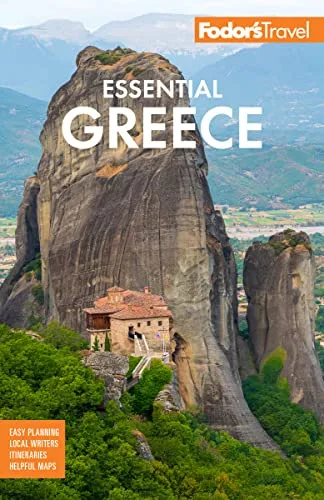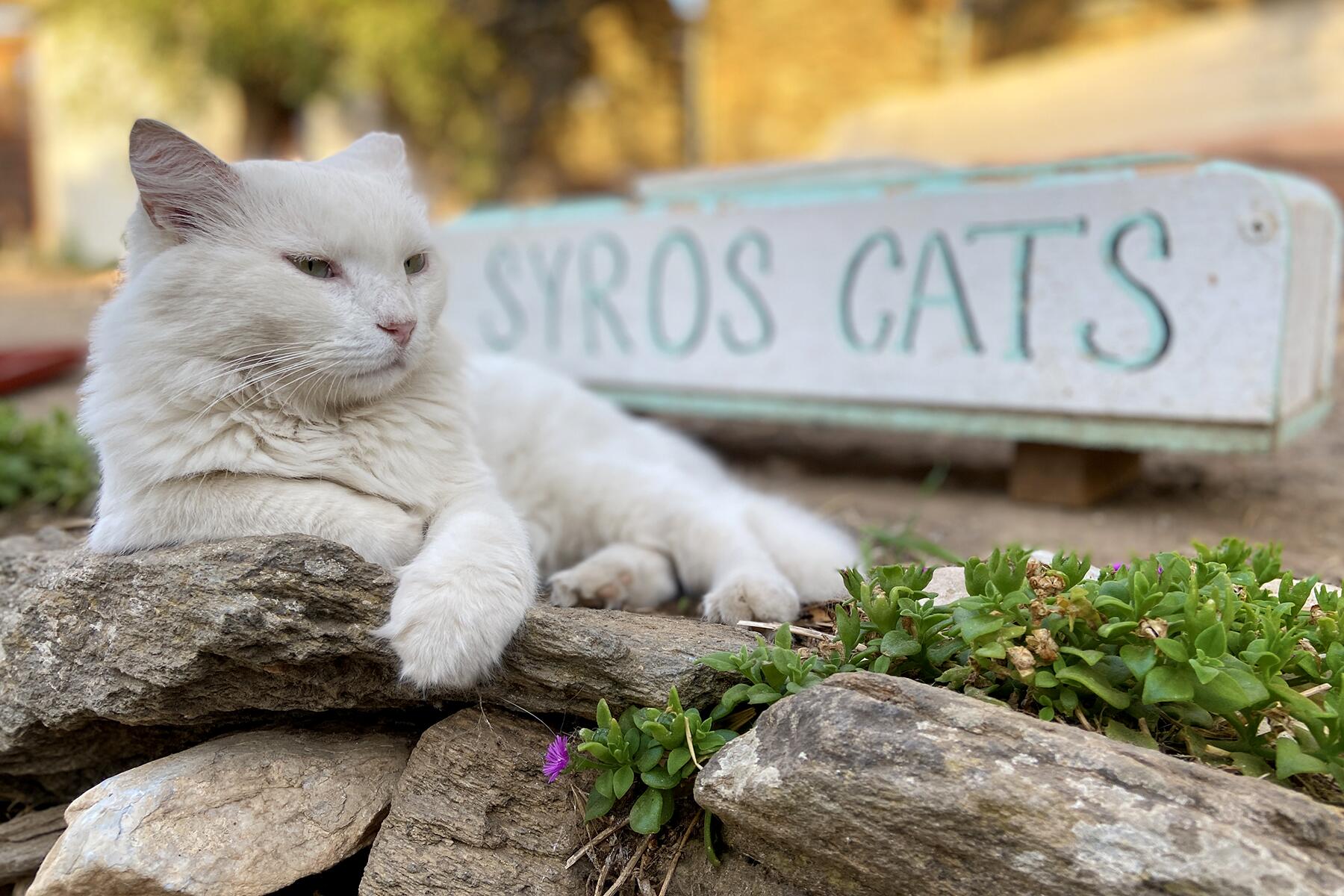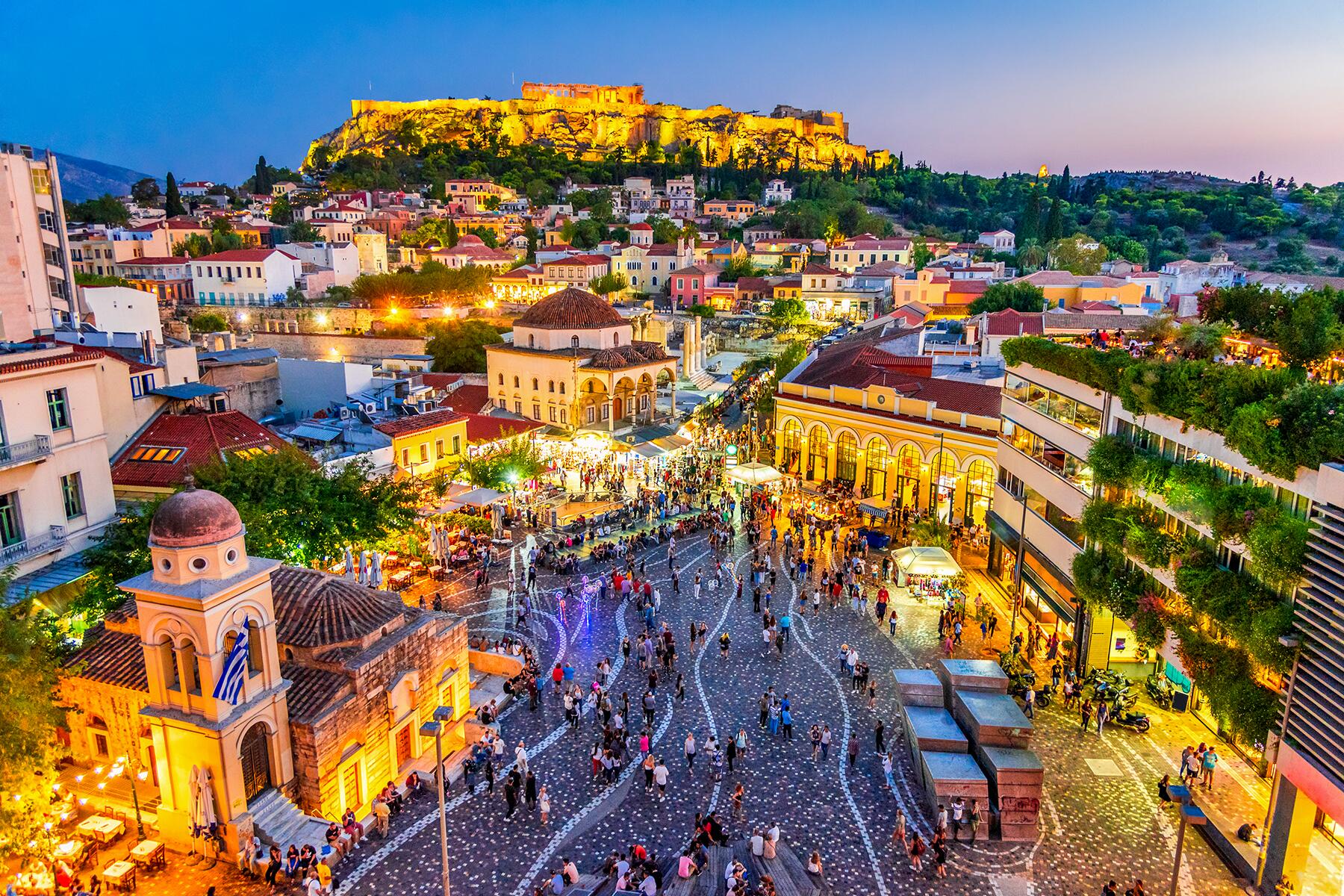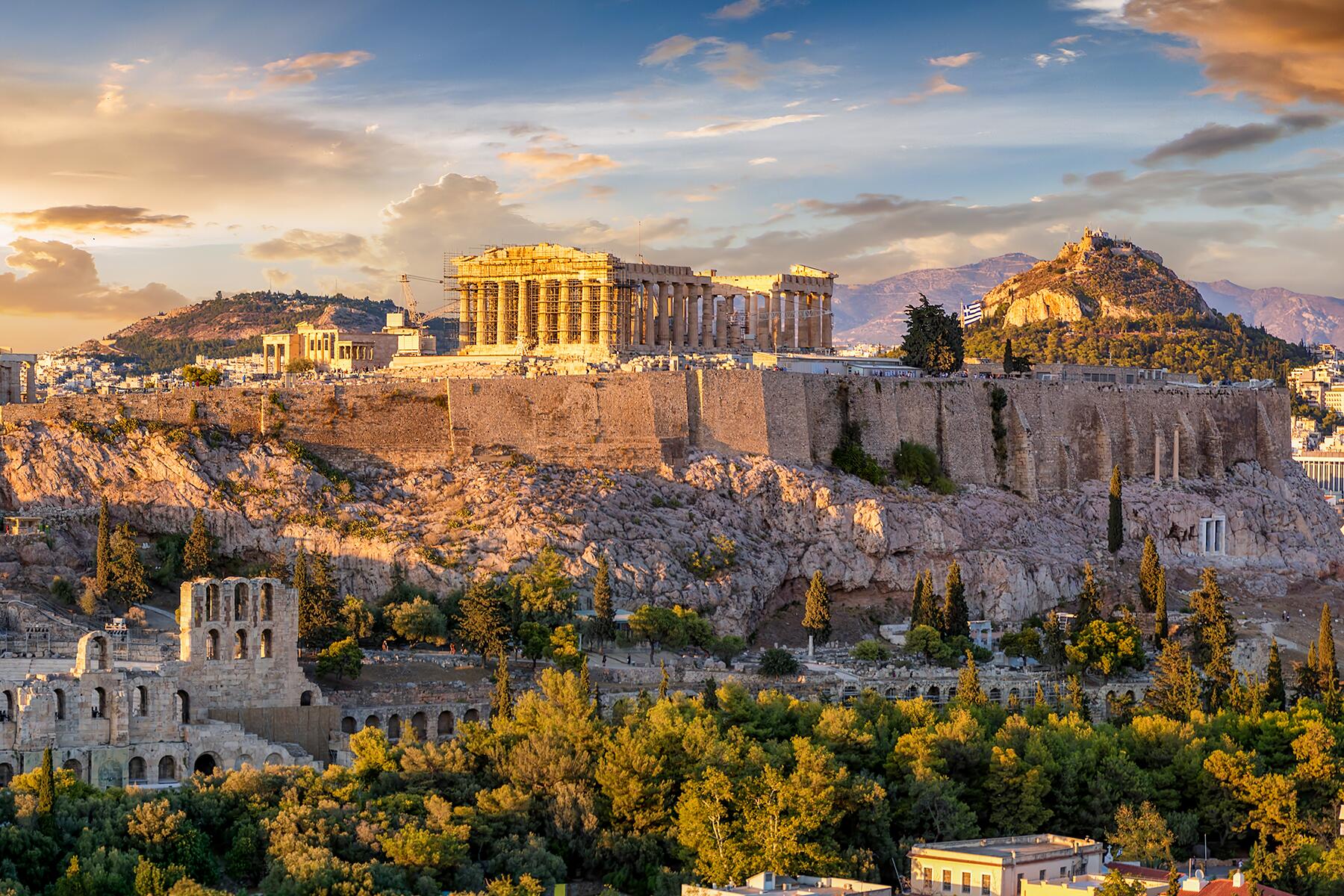Kefalonia
Kefalonia
What saved lush, mountainous Kefalonia, the largest of the Ionian islands, from the first waves of package tourism in the 1960s is likely that which drove the need for it in the first place. When the earthquakes of 1953 ripped through its lands, destroying almost every home, four-fifths of the island's population migrated, leaving behind just 25,000 people. Even today there aren't that many more here.
Money came in to rebuild the island, but in place of Venetian mansions and baroque flourishes, what arose from the ruins were neoclassical imposters, functional and modern. That is to say Kefalonia is not Corfu. It is rougher and readier, yet some would say more charming for it. To explore its mountainous spine or drive the corkscrew roads of the northern and far-western coas...
Read MoreWhat saved lush, mountainous Kefalonia, the largest of the Ionian islands, from the first waves of package tourism in the 1960s is likely that which drove the need for it in the first place. When the earthquakes of 1953 ripped through its lands, destroying almost every home, four-fifths of the island's population migrated, leaving behind just 25,000 people. Even today there aren't that many more here.
Money came in to rebuild the island, but in place of Venetian mansions and baroque flourishes, what arose from the ruins were neoclassical imposters, functional and modern. That is to say Kefalonia is not Corfu. It is rougher and readier, yet some would say more charming for it. To explore its mountainous spine or drive the corkscrew roads of the northern and far-western coasts, curving past untouched beaches, lonely monasteries, and picturesque villages, is a delight to match any found in this island chain.
History here dates back long before the Venetians arrived to bring culture, color, and their distinctive architecture to the island in 1500. The first settlers are thought to have arrived in the 10th century BC. Just five centuries later, Kefalonia was divided into city states, each with their own currency and culture. The acropolis at Sami (though mostly built over by the Romans) is a fantastic relic of this period, while the calling cards of successive rulers, including the Cyclopean walls of the Mycenean era, Roman graves, and Byzantine monasteries, still scatter the island.
After the Venetians, who were ousted by the French, it was the turn of the British to leave their mark here, in the roads and bridges that still exist today. Even the Second World War, with its occupiers and atrocities, couldn't take away what makes this land special. Then, just as the island was emerging from the darkness, the earth gave way beneath it. Kefalonia took decades to bounce back, heralding with it the belated arrival of the resorts, mushrooming along the island's southwest shores in a tidy cluster below capital Argostoli, well confined and easily ignored.
In truth, Kefalonia still flies under the radar a little when compared with the other Ionian islands. The beaches may be packed in summer but mass tourism just isn't as pervasive here as in Corfu or Zakynthos. Sometimes, when gazing out from the cliffs of the Paliki, or tasting the wines of the Omala Valley, or strolling the fir-covered slopes of Greece's only island national park, it's even hard to remember it ever arrived at all.







